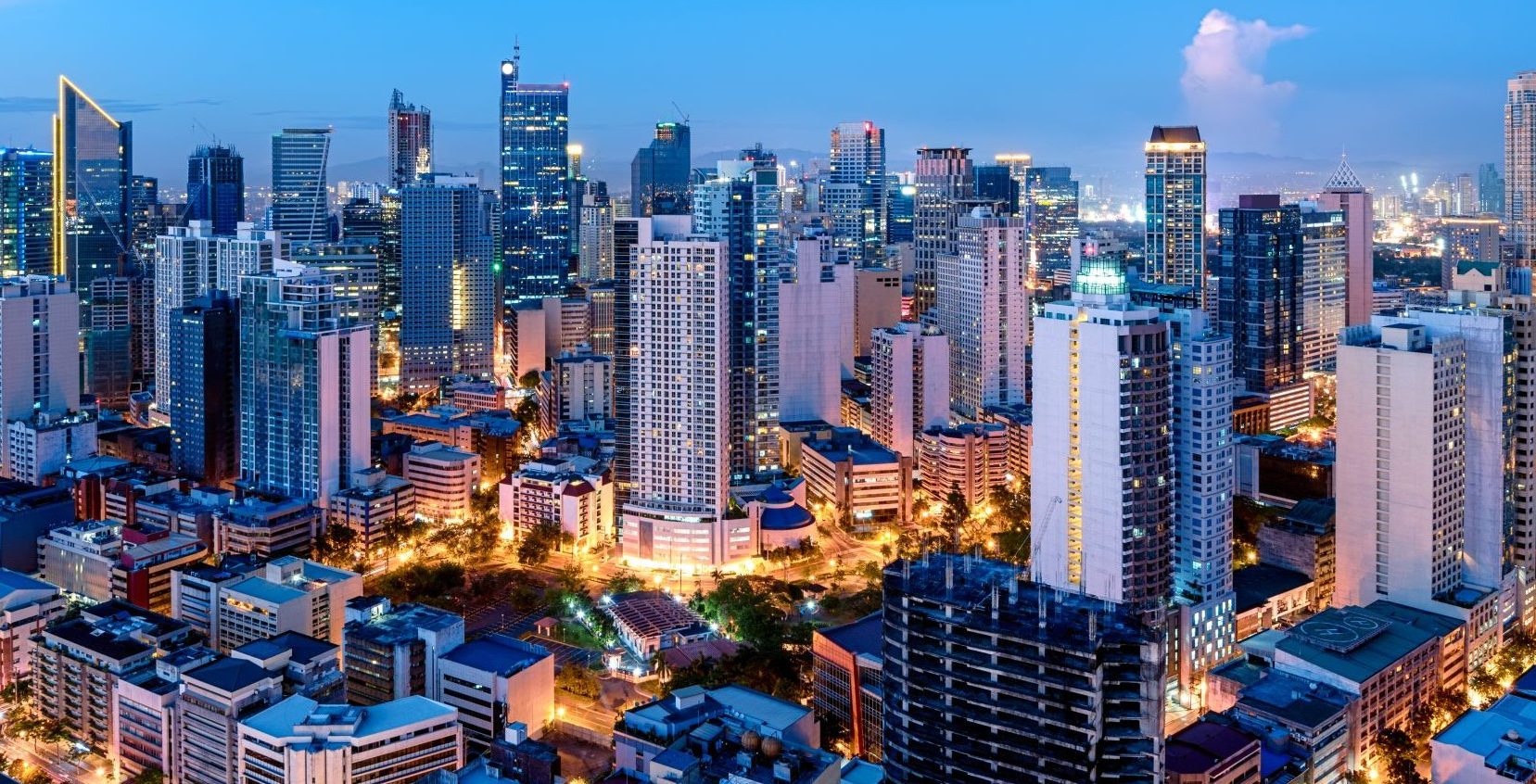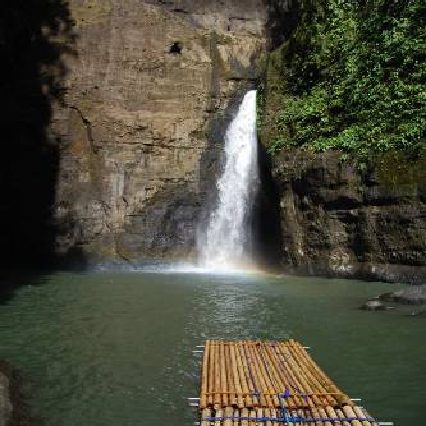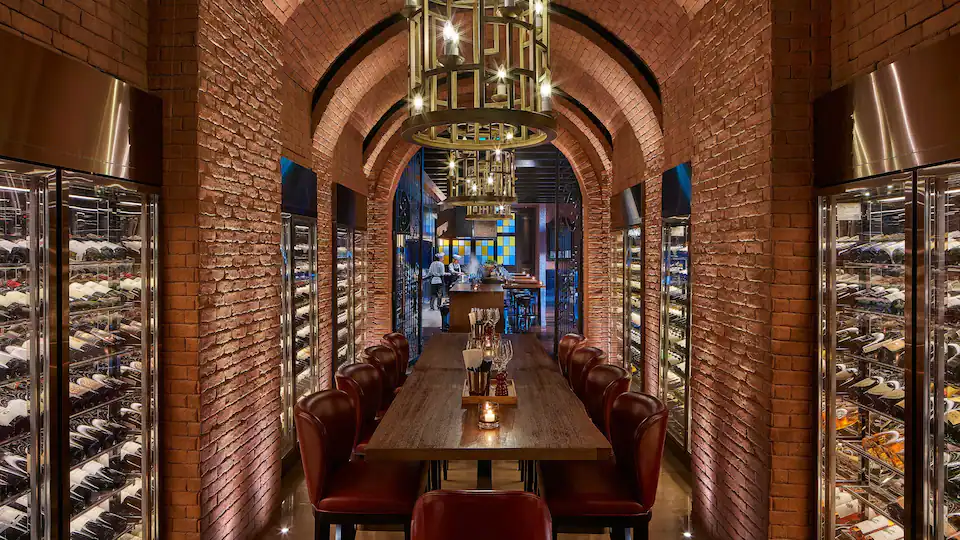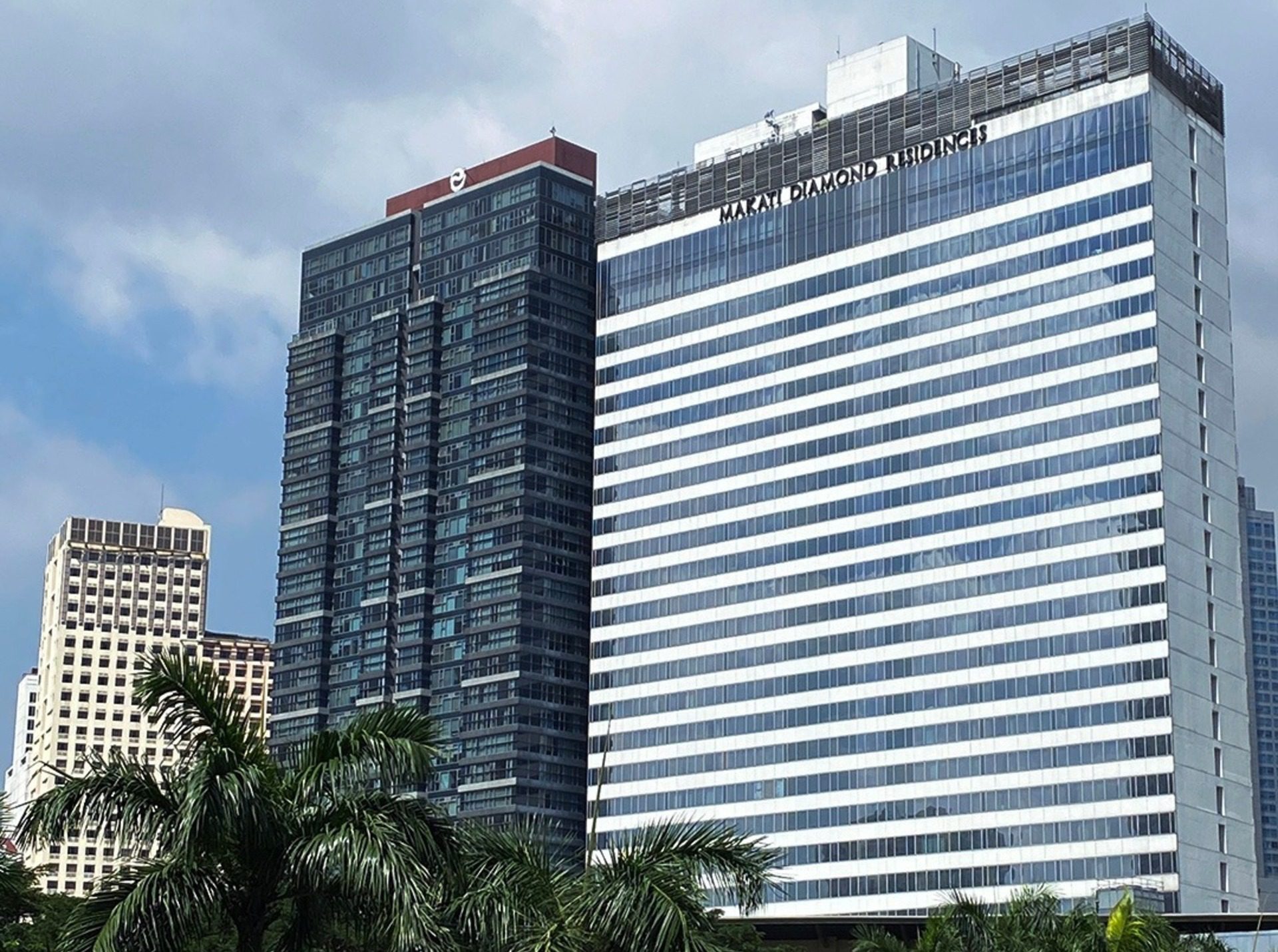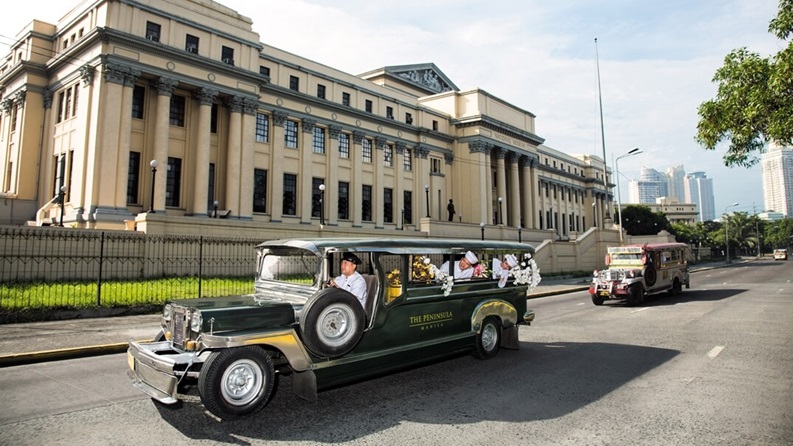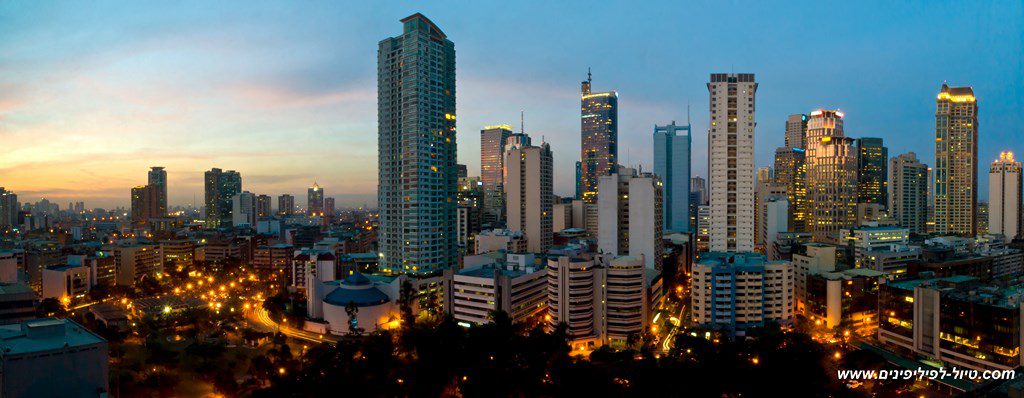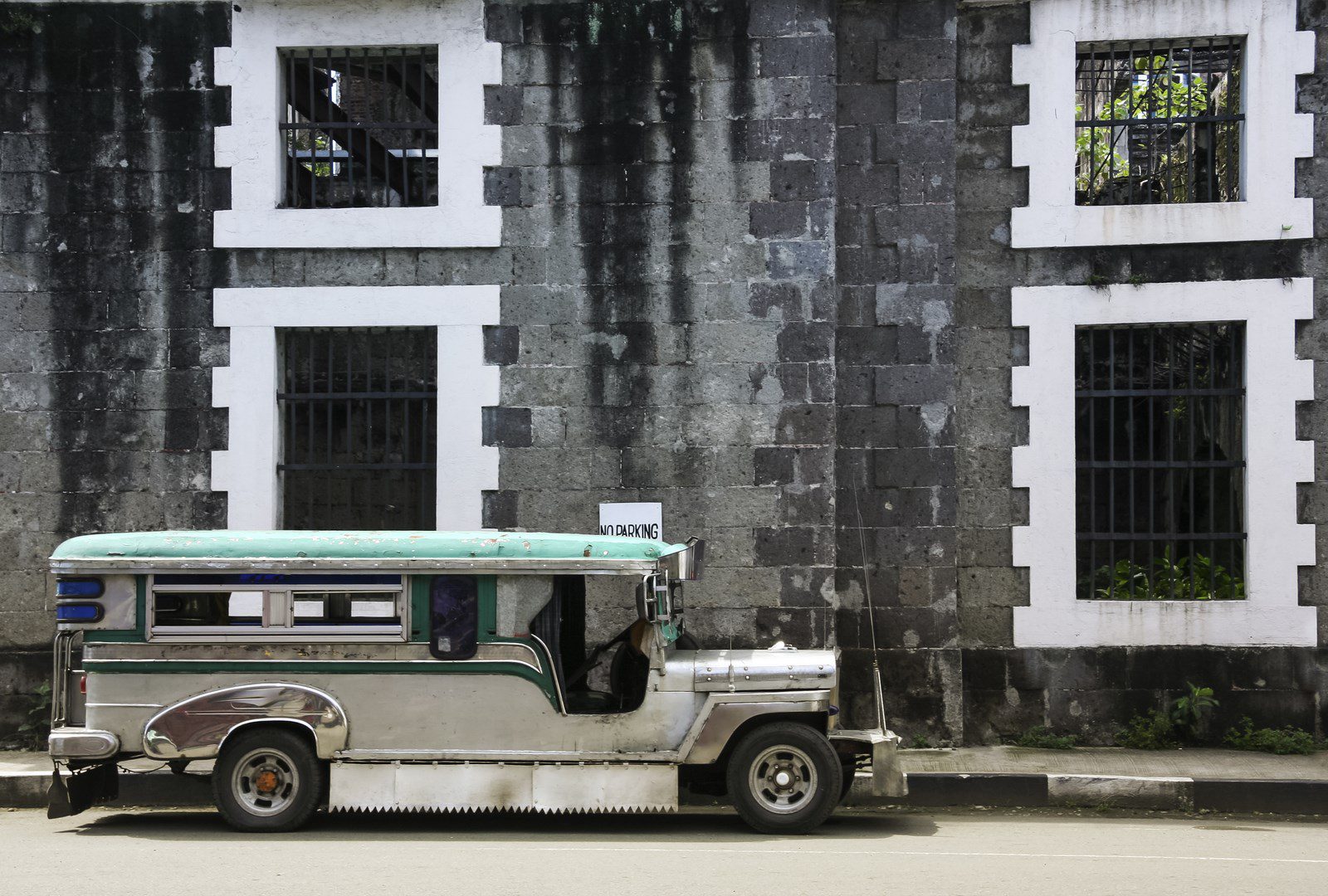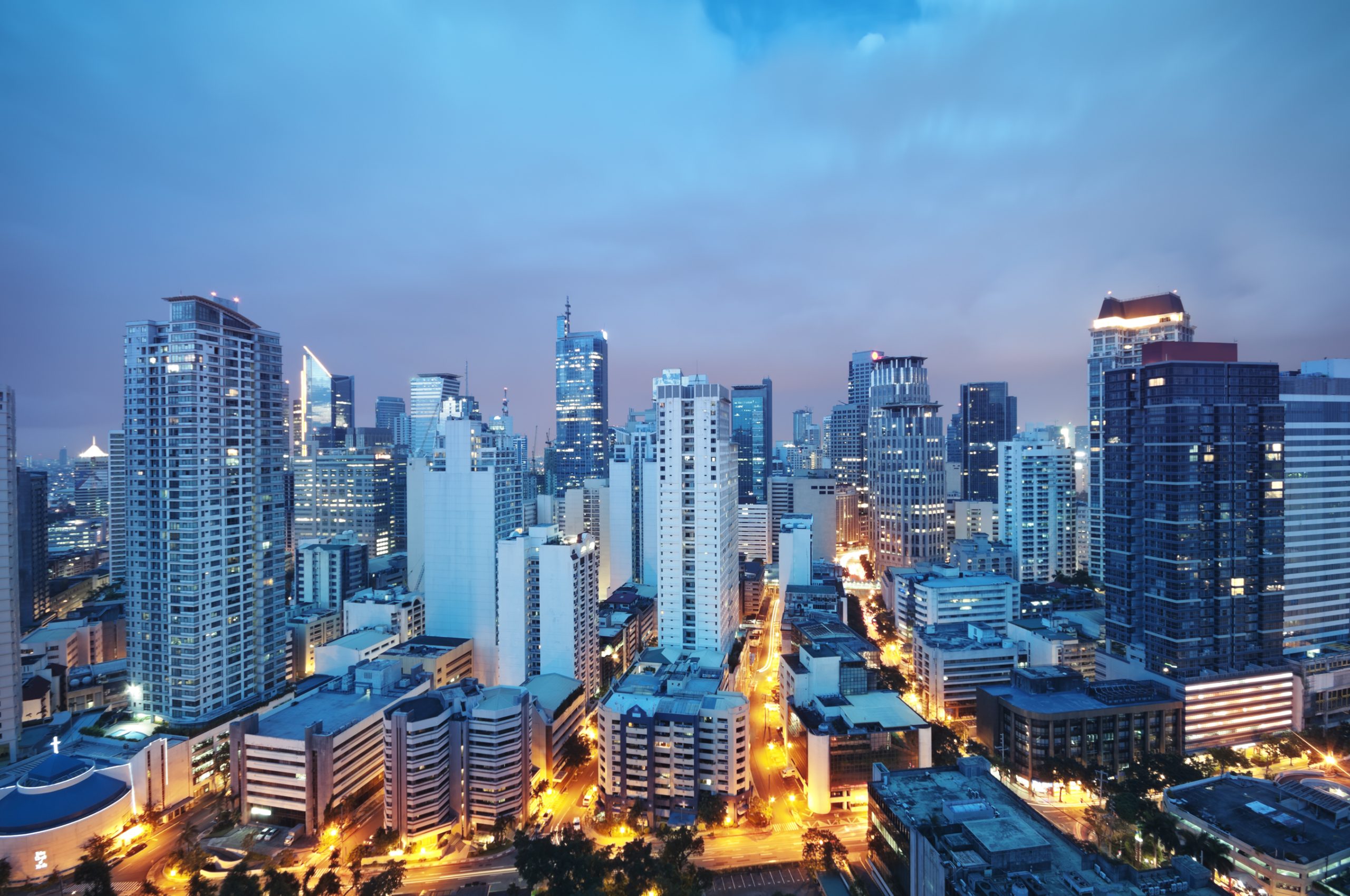Manila - the capital of the Philippines.
Looking for a vibrant and colorful city?
A city that combines ancient history and modern world?
An interesting city with markets, skyscrapers, and a variety of attractions?
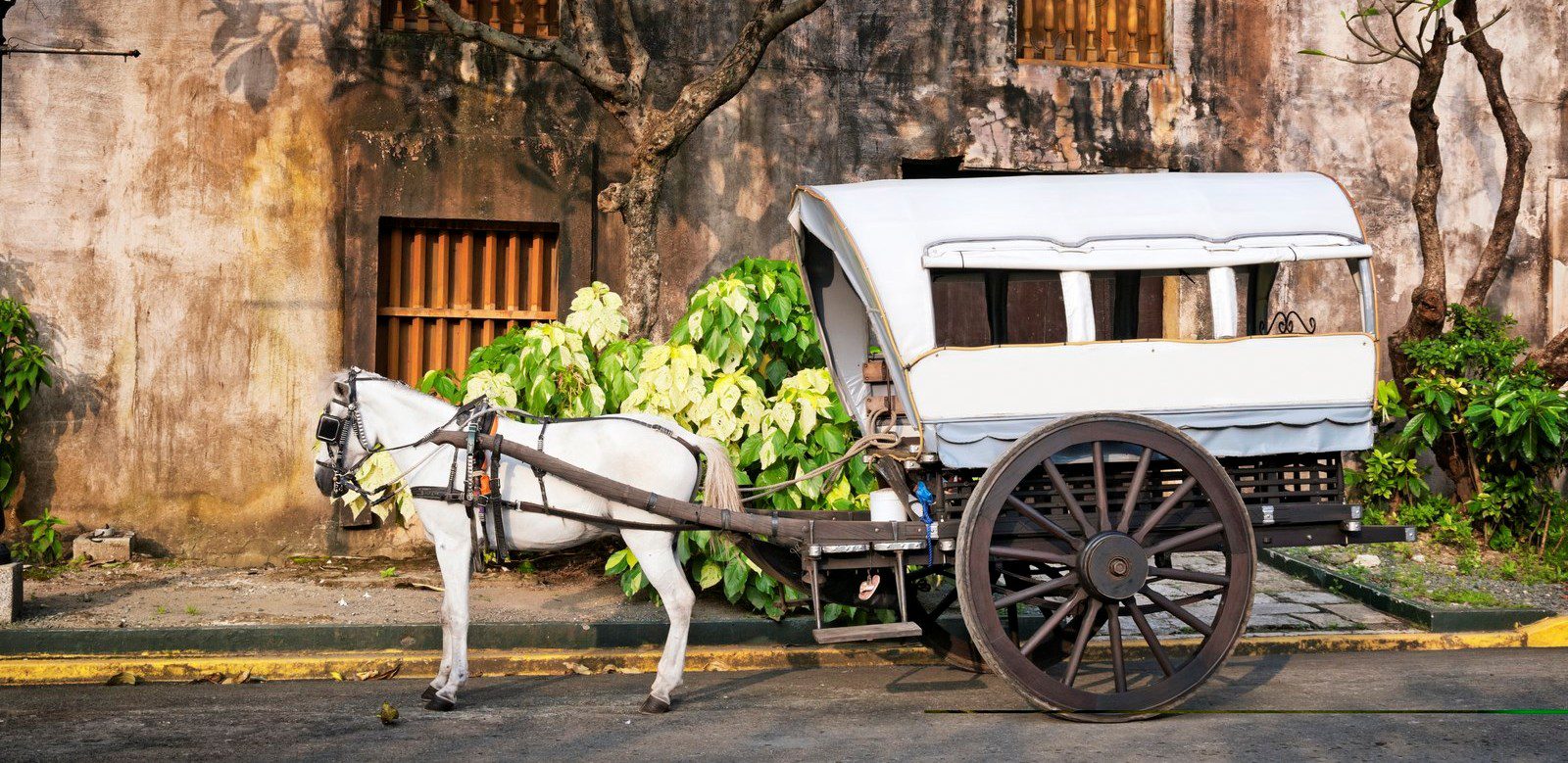
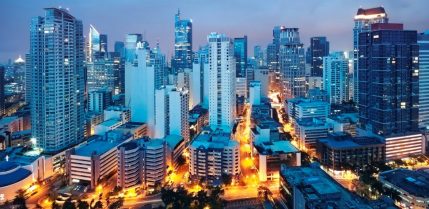
Are you looking for a vibrant and colorful city? A city that combines ancient history and a modern world? An interesting city with markets, skyscrapers, and a variety of attractions?
Manila is a massive metropolis covering about 650 square kilometers, and its population numbers around 12 million residents, indicating its high population density. It’s the capital of the Philippines, a vibrant and breathtaking city on the shores of the Pacific Ocean. It’s a city where the past and present coexist harmoniously. Modern skyscrapers stand alongside distant and primitive history, evidenced in the streets of “Intramuros,” a neighborhood with cobblestone streets, ancient houses, and temples.
Manila has a rich history, having been under Spanish colonial rule in the past, and throughout history, it has absorbed various cultures.
Today, Manila is a modern city, similar to major cities around the world. It boasts numerous large shopping malls, beautiful parks, state-of-the-art cinemas with IMAX technology, and a long seaside promenade.
In the city, you’ll find modern communication infrastructure with hundreds of television channels and wireless internet available everywhere.
Additionally, transportation options in Manila are quite convenient, including buses, railways, and even “tricycles,” which are motorbikes equipped with a sidecar for passengers. One local attraction is the “jeepney,” a colorful mode of transportation that resembles an old American jeep but is adorned with a variety of colors and artwork. In the “Makati” area of Manila, you can even ride an electric jeepney.
Manila is an inviting city for shopping, with bustling markets and a wide range of shops
Here’s a short video about the charming sites of historic Manila…
Visiting Manila for the First Time
Much has been said about Manila, the capital of the Philippines, ranging from positive to negative perspectives when it comes to travel. Many travelers make the mistake of judging this city, rich in history and culture, solely based on initial impressions derived from its bustling streets and a population of over 15 million people, alongside the notorious traffic that can add hours to your journey. However, beneath all these layers, Manila conceals a long list of hidden wonders that draw travelers from all over the world, adding to the allure of the metropolis. The urban sprawl of Manila, which combines ancient heritage structures with modern aesthetics, can be both perplexing and enchanting at the same time. To truly enjoy Manila, you need a passion for exploration and should not confine yourself to immediate associations with this beautiful city.
Many centuries before the arrival of the Spaniards, Manila’s history was already in motion. In fact, Manila’s history dates back 3,000 years, as evidenced by the ancient petroglyphs found in Angono, Rizal Province. The “Negritos” (people with dark skin) were among the earliest known settlers in the Philippines, with many of them residing in areas close to Manila. They thrived during a time when ancient trade routes with China were open. They engaged in a barter system until the Austronesian-Polynesian people from the Asian mainland arrived and integrated with the Negritos. Since then, Manila became a central hub for trade under Spanish rule, which began in the 16th century. Manila became one of the most sought-after destinations for European merchants, allowing the city to embrace aspects of culture, history, and character from all over the world that still resonate in the city today.
After the Battle of Manila Bay, where American Admiral George Dewey defeated the Spanish fleet, leading to the eventual sale of the Philippines to the Americans under the Treaty of Paris, the Americans established their governance in Manila. During World War II, when the Japanese occupied the Philippines, American General Douglas MacArthur declared Manila an “open city,” but that wasn’t enough to save the city from destruction. After World War II, Manila became one of the most war-ravaged cities, second only to Warsaw.
Amid the political turmoil of the 1970s, Manila underwent a revival in the art scene when the Philippines’ First Lady, Imelda Marcos, created a cosmopolitan atmosphere that emulated many European cities through the construction of cultural and artistic structures. These iconic buildings include the Cultural Center of the Philippines, the Philippine International Convention Center, the Coconut Palace, and many others.
The infographic below presents several modes of trade and cultural influences on the city of Manila.
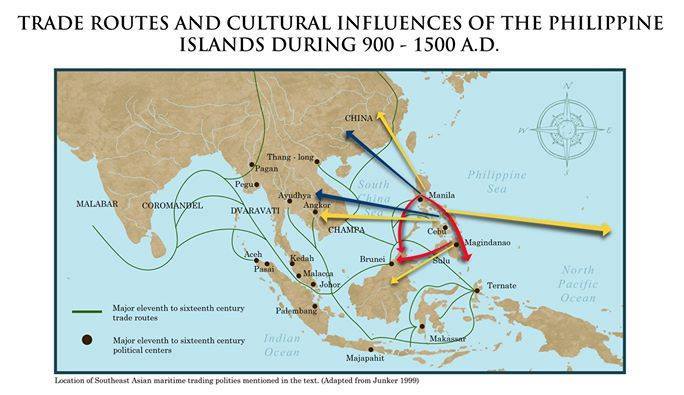
Source: www.malacanang.gov.ph/maynila
Today, Manila is a vibrant city, bustling with street activities, and it can seem overwhelming to first-time visitors. Because of all this, knowing where to go is the key to enjoying Manila. The many interesting points scattered throughout the metropolis consist of a wide variety of pleasures seasoned with cultural immersion and fascinating culture and heritage that offer travelers a fresh and unique perspective on the city—something many travelers are often unaware of.
Binondo Chinatown
A food tour searching for the flavors of Binondo is just one of the favorite activities for travelers in Manila.
The world’s oldest Chinatown outside of China is located in Manila. Today, it is rooted in businesses offering interesting souvenirs and flavorful Chinese dishes. A day tour to this part of Manila turns your exploration of the city into an unforgettable experience. Classic architecture and family-owned restaurants that are over 100 years old and still serve dishes with secret recipes passed down through generations provide a combination that creates a feast for the eyes and taste buds. Chinese architecture mixed with post-colonial influences can still be found in the streets of Binondo. Along the streets, there are a variety of interesting shops selling fascinating souvenirs.
>>For details about a walking food tour in Chinatown, Binondo
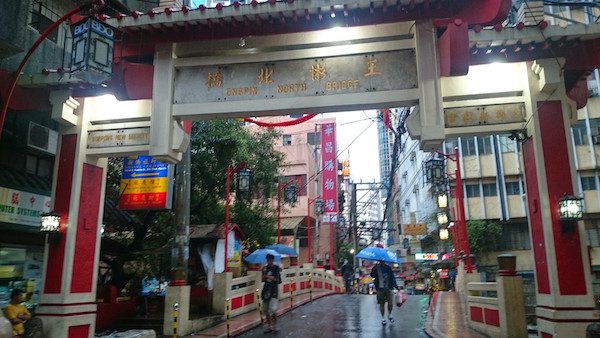
Intramuros, Fort Santiago, and Luneta Park
Intramuros, the fortified city, offers a glimpse into the days of Spanish rule when massive walls were erected to protect the city from invaders, primarily the British and the Dutch. It is now a scene of lush greenery amidst the urban jungle of Manila. A leisurely stroll here will lead you to hidden places, almost like cracks in a wall, fascinating spots where you can cool off with a cold beer to complete your day. Fort Santiago guards the Pasig River and is located within Intramuros, providing a glimpse into the colorful history of the city. Luneta Park signifies Filipino nationalism because it houses the tomb of a national hero named Jose Rizal. At the bayfront of Manila, where you can witness the famous sunset, the large area is surrounded by greenery and is the perfect place for picnics and mingling with the locals.

Nightlife in Manila
If you take the liberating factor out of the equation, every traveler will immediately discover Manila as a place suited for all-night parties. Filipinos love to have fun, and places like Burgos Circle, Ayala Avenue, and the Greenbelt complex in Makati, the Bonifacio Global City in Taguig, are just a few of the best places in the city that provide travelers looking for a nice place to relax, have a drink, enjoy excellent food, and have a good time. Many bars and cafes that attract the modern traveler thrive in various parts of the city, creating a festive atmosphere that travelers find quite exciting.
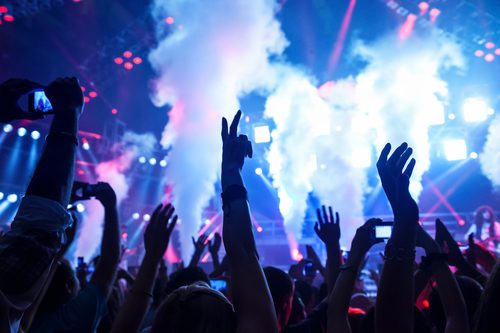
Go for a Walk with Manila’s Eccentric Guide
For a better way to explore Manila than to join the charismatic and eccentric guide Carlos Celdran on his tour, follow this direction. Follow him as he shows you the most interesting places in the city while sharing fascinating pieces of history, trivia, and political gossip, all seamlessly blended with his boundless humor and theatrics.
Museum, Museum, and More Museums
Art is not going to waste in Manila. In fact, it thrives within the walls of these museums: the National Gallery in the magnificent Neo-Classical building next to Manila City Hall. Works by many national artists, including Juan Luna’s “Spoliarium,” are on display there. Other museums like the Ayala Museum, Museo Pambata, and the Mind Museum cater to both art lovers and science enthusiasts alike.
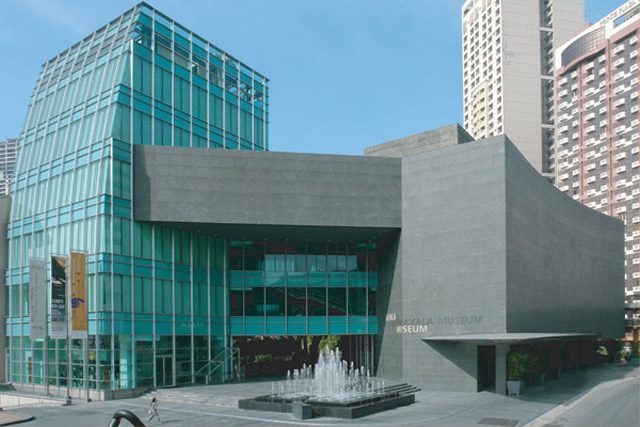
Flea Market (Quiapo, Divisoria, Baclaran, Avenida)
Manila is a shopper’s paradise with an interesting twist. Besides the giant malls scattered throughout the metropolis, visitors can immerse themselves in the authentic surroundings of Quiapo (the Muslim quarter), Divisoria, Baclaran, and Avenida, where dozens of stalls sell everything imaginable. Haggling here is an art, and when combined with the social spirit of the Filipinos, it can also become a channel to connect with them.
In these areas, you can enjoy sprawling markets that stretch across many streets, offering all kinds of products, colors, and authentic foods. While in these markets, you should exercise caution against pickpockets, but this won’t diminish the enjoyment of wandering through vibrant and authentic markets.
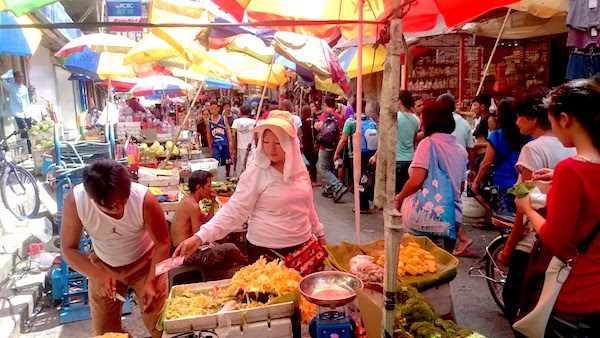
To explore outside the well-known tourist route – on foot.
Leave the traffic behind and take the train, get off at a random station to explore the metropolis on foot. Travelers are amazed by the surprising number of discoveries that the urban jungle provides. When you peel back the layers, you uncover the true character of Manila, and it, in return, offers you an amazing experience to remember from your journey.
Center for Asian Art
From visual art to performing arts, Filipino performances are of world-class quality and serve as a testament to the growing influence of the art scene in Manila. Encouraged by the creativity showcased in art exhibitions and performances held in various art centers in the city (PICC, the CCP, the World Trade Center, SMX, Araneta Coliseum, MOA), art enthusiasts will be delighted to discover the numerous opportunities to satisfy their curiosity in this field.
These were just a few of the main attractions in Manila and the metropolis it covers. A series of small cities make up Metro Manila, and together they form the gateway through which most travelers visiting the Philippines pass, as Manila’s international airport is a major transportation hub, offering flights to many destinations around the world.
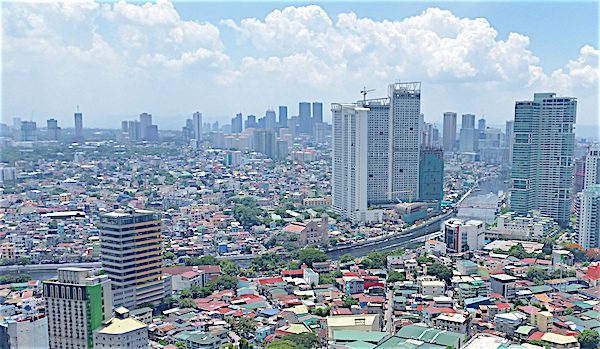
A crazy landscape that shifts between skyscrapers, massive malls, lush parks, and historic buildings with smart architecture, the urban atmosphere prevalent everywhere turns Manila into a quaint and charming village-like city that initially dazzles and at times overwhelms. However, once you overcome the initial impressions, you can begin to understand the ever-changing layers of Manila’s character. Perhaps at first, it may seem a bit daunting with the sights, the smog, and other elements typical of bustling, populous cities. Still, you’ll experience the cultural richness and wealth that provides a truly unique experience for every type of traveler. Just open your mind and enjoy the many discoveries you’ll find in Manila’s nooks and crannies.
Good to know
Here are several facts about Manila. When referring to Manila, it is generally meant to indicate Metro Manila. This metropolitan area comprises 16 cities, including Makati, where most tourists reside, and Taguig, which boasts a newly developed area constructed in the last decade and a half, renowned for its luxury within the metropolitan cities.


